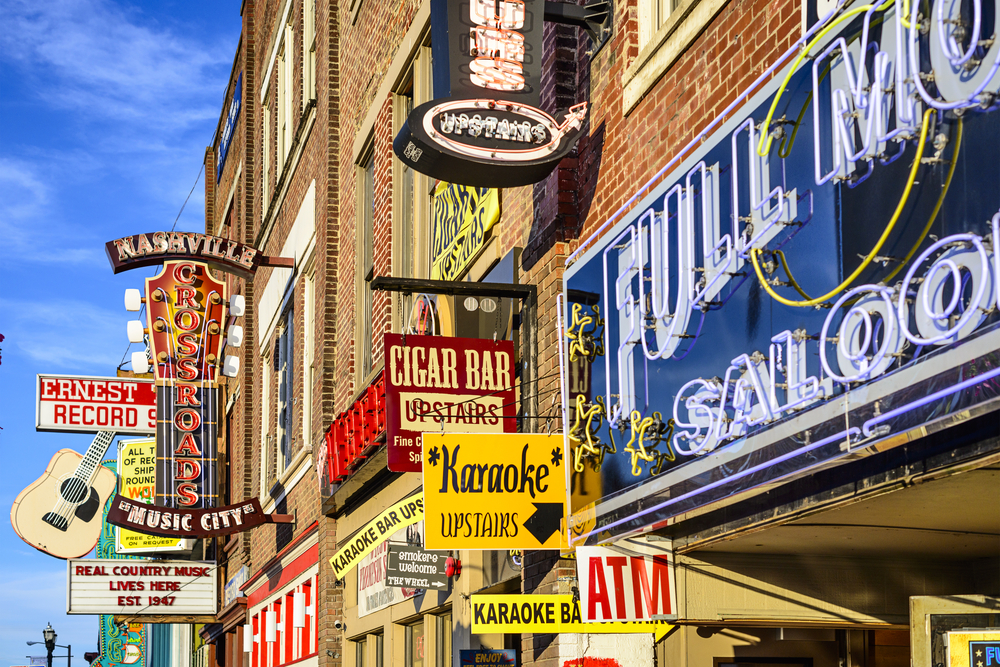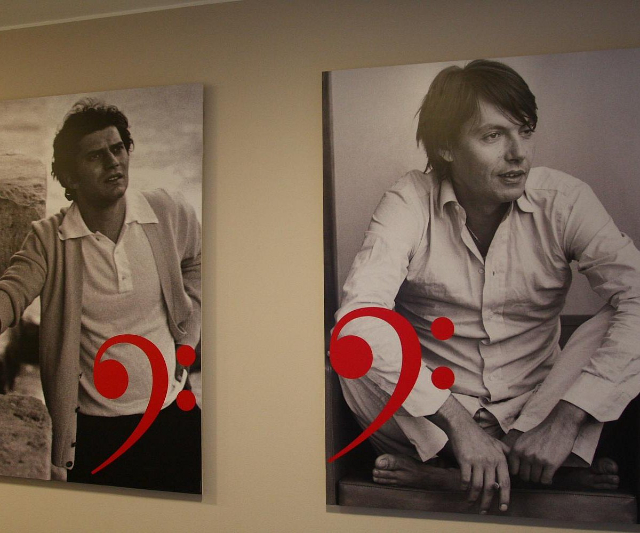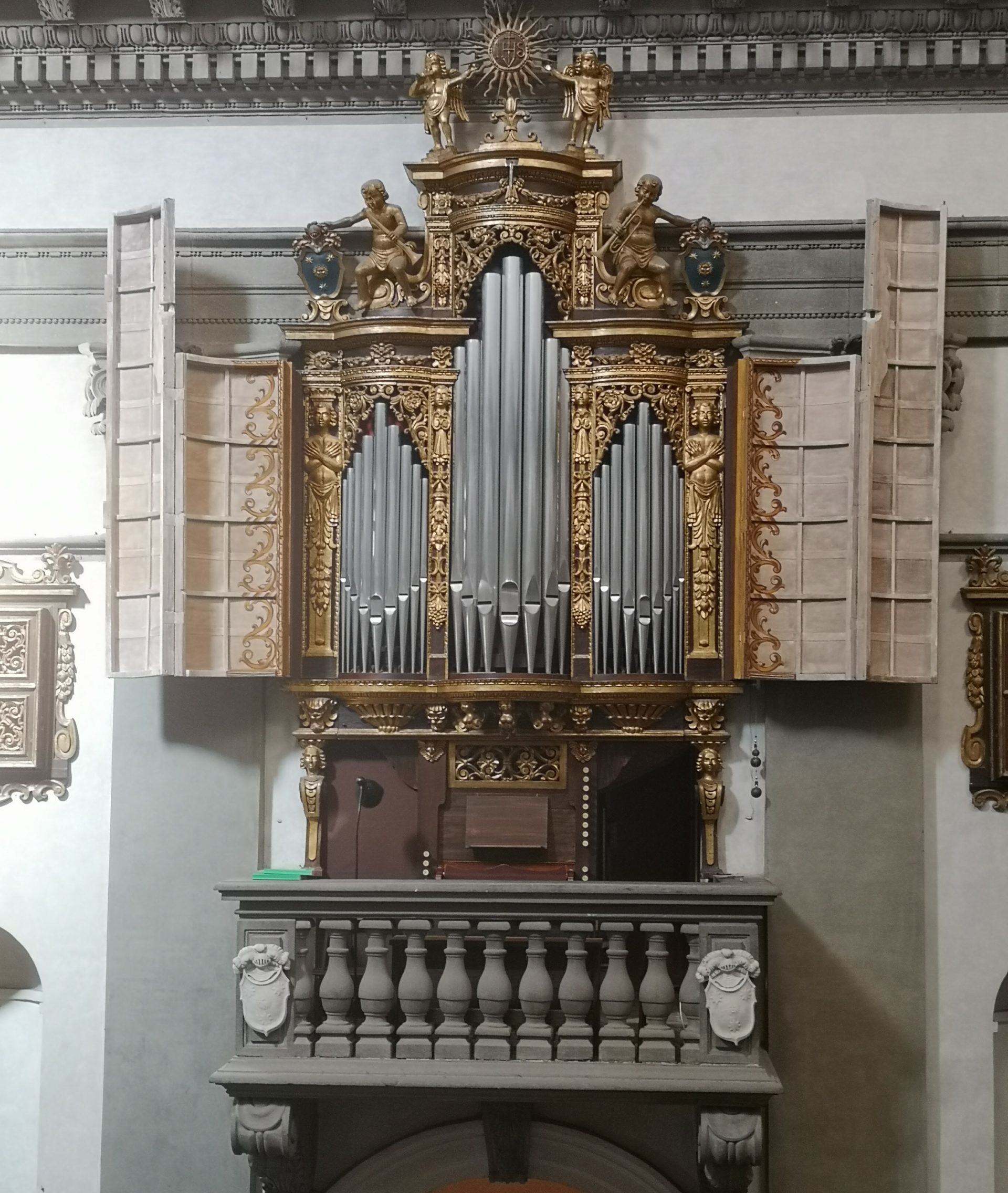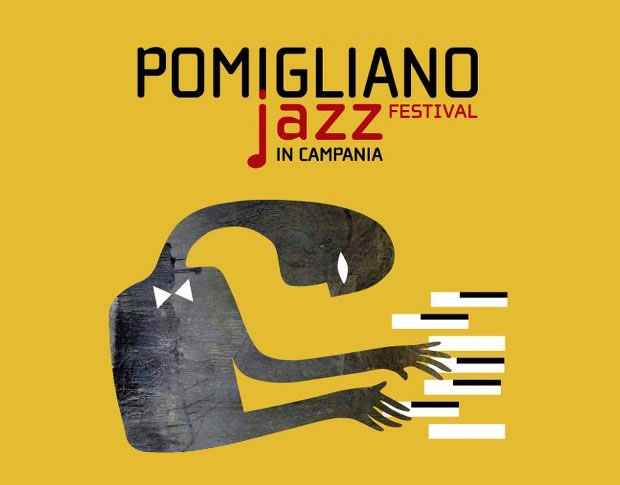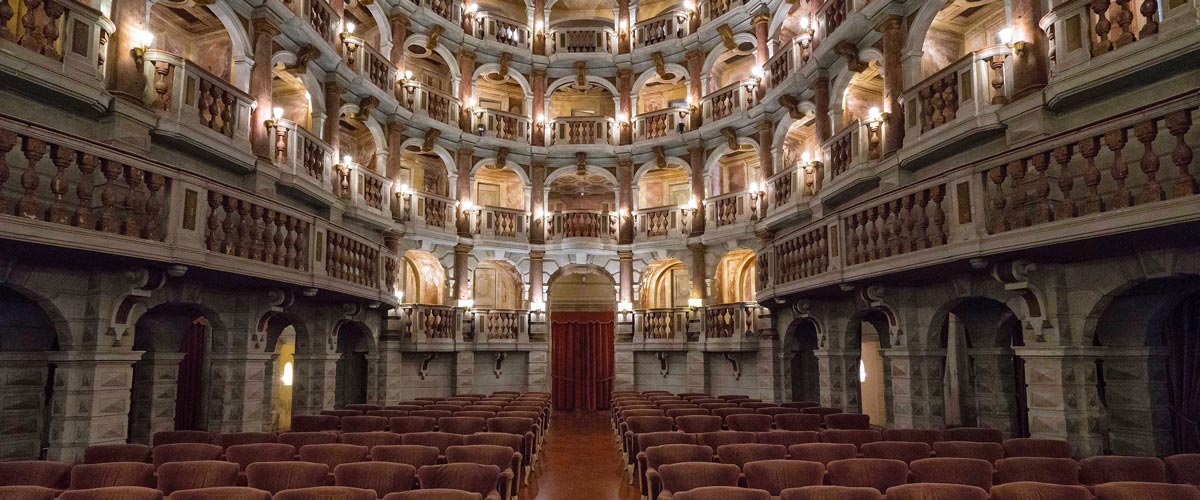Classical and understated style, an elegant foyer, the large red curtain on the proscenium though small in size, the "Cilea" Theater looks refined in its architecture and furnishings especially after the restoration that returned it after more than a decade to the city.
The building stands in the area that before the 1908 earthquake was occupied by the Municipal Palace (former Dominican convent).
The construction history of the theater has been characterized by numerous setbacks, interruptions and variations during construction: the project drawn up in 1919 was contracted in several stages, interrupted numerous times for lack of funds and completed in the 1930s. From a formal point of view, it is divided into three building bodies: the first one the one facing Corso Garibaldi is the one that most expresses the characters of monumentality.
It consists of a central protruding body with a portico on the ground floor and is accessed by a central staircase and two side driveway ramps.
From the portico one passes to the atrium built on two levels and characterized by refined columns and marble facings. Immediately after the atrium is the second building, the central hall, which has the characteristic 19th-century horseshoe shape, connected to the stage by a proscenium. It develops in height in three tiers of boxes and a gallery interrupted in the central part by an honor box. The boxes were marked by wall partitions that replaced the columns provided in the first draft of the project.
The hall, which underwent several variations, had a domed roof with metal canopy trusses. From the hall one reaches the stage tower consisting of the stage, dressing rooms and storage rooms.
Externally, the building maintains the division into three elements, enhancing the play of volumes. The façade of the front body is characterized by two distinct parts marking the two floors: the first consisting of a series of horizontal bands of hammered grit ending in an entablature with triglyph decorations; the second, on the other hand, characterized by the course of paired composite columns alternating with arched windows or gable entablatures. Above the columns read an entablature and pediment on which, at the columns, are bas-reliefs with heads of musas.
Outside, the hall interrupts the wall face of the elevations by detaching the front body from the rear body with its curved surfaces. The latter is distinguished by a pediment overlooking the Via del Torrione: this is the tallest element of the entire building, which consists of three orders of windows, the last of which is arched.
The first inauguration of the Theater took place in 1931. After World War II, the hall of the Cilea Theater was enlarged, given new shape to the line of boxes, the ceiling became sumptuously imposing, and the proscenium with the new cavea for the orchestra very elegant; the Cilea thus became one of the most beautiful and functional structures in Italy and was reinaugurated by Mayor Domenico Mannino on February 25, 1964, with the opera Il Trovatore by Giuseppe Verdi.
For about two decades, the facility hosted drama, variety and theater companies, which boasted the finest names in the postwar Italian and international artistic scene. In 1985, the prefecture’s supervisory commission declared the theater unfit for use due to necessary radical renovations and adaptation to the latest fire regulations. Finally, after almost eighteen years of interminable work, the Cilea Municipal Theater is returned to the city of Reggio, ready to continue its glorious artistic and cultural tradition, welcoming the most important artists of this first glimpse of the 21st century. Since 2008, some rooms in the building have housed the New Civic Art Gallery.



